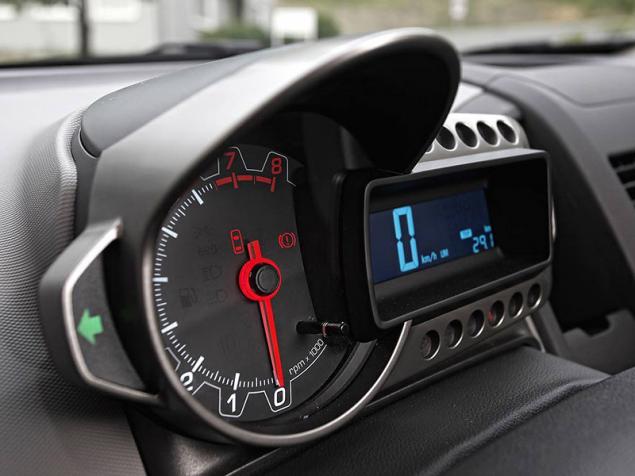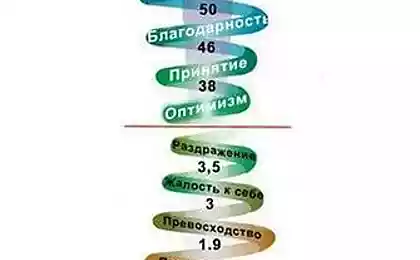477
Travel on a lying police officer to charge a mobile phone
A team of scientists from China and the United States of America created a unique technology for charging mobile devices, based on the vibrations occurring in the vehicle when moving. It consists in picking a smartphone or tablet with a special nanogenerators, which absorb vibration, just being on the dashboard of the car.

As it became known from the press release of the inventors, based on the nanogenerators formed a special piezoelectric polymer is polyvinylidene fluoride. This material is able to generate energy under different mechanical loads. The technology of its manufacturing lies in creating a porous structure that resembles a normal sponge. For this thin film polymer is embedded zinc oxide, which after the formation of a sturdy structure is etched out. In its place a cavity formed, which provide the piezoelectric properties of the material. Thus he acquires flexibility, allowing its use in various industries.
From the obtained polyvinylidene fluoride scientists formed a thin film that, by placing between the two electronic plates, installed in the phone. The greatest effect charging of the device is achieved in the moments of passage of large irregularities, whether it is a bump or large pothole, but when driving on normal country road, the device charges quite active.
Scientists have also noted that the flexibility of polyvinylidene fluoride allows him generators of different shapes, which significantly expands its scope. And it is possible that the hour is not far when a simple morning jog with glued on leg band with nanogenerators will allow you to charge the player or phone. Any serial the prospects of development are not yet clear, as its creators have even said a word about it. But if you reject all innovation and the difficulties of starting serial production in the coming years, similar charger should be on a par with the now-popular wireless device.
Source: zeleneet.com

As it became known from the press release of the inventors, based on the nanogenerators formed a special piezoelectric polymer is polyvinylidene fluoride. This material is able to generate energy under different mechanical loads. The technology of its manufacturing lies in creating a porous structure that resembles a normal sponge. For this thin film polymer is embedded zinc oxide, which after the formation of a sturdy structure is etched out. In its place a cavity formed, which provide the piezoelectric properties of the material. Thus he acquires flexibility, allowing its use in various industries.
From the obtained polyvinylidene fluoride scientists formed a thin film that, by placing between the two electronic plates, installed in the phone. The greatest effect charging of the device is achieved in the moments of passage of large irregularities, whether it is a bump or large pothole, but when driving on normal country road, the device charges quite active.
Scientists have also noted that the flexibility of polyvinylidene fluoride allows him generators of different shapes, which significantly expands its scope. And it is possible that the hour is not far when a simple morning jog with glued on leg band with nanogenerators will allow you to charge the player or phone. Any serial the prospects of development are not yet clear, as its creators have even said a word about it. But if you reject all innovation and the difficulties of starting serial production in the coming years, similar charger should be on a par with the now-popular wireless device.
Source: zeleneet.com























